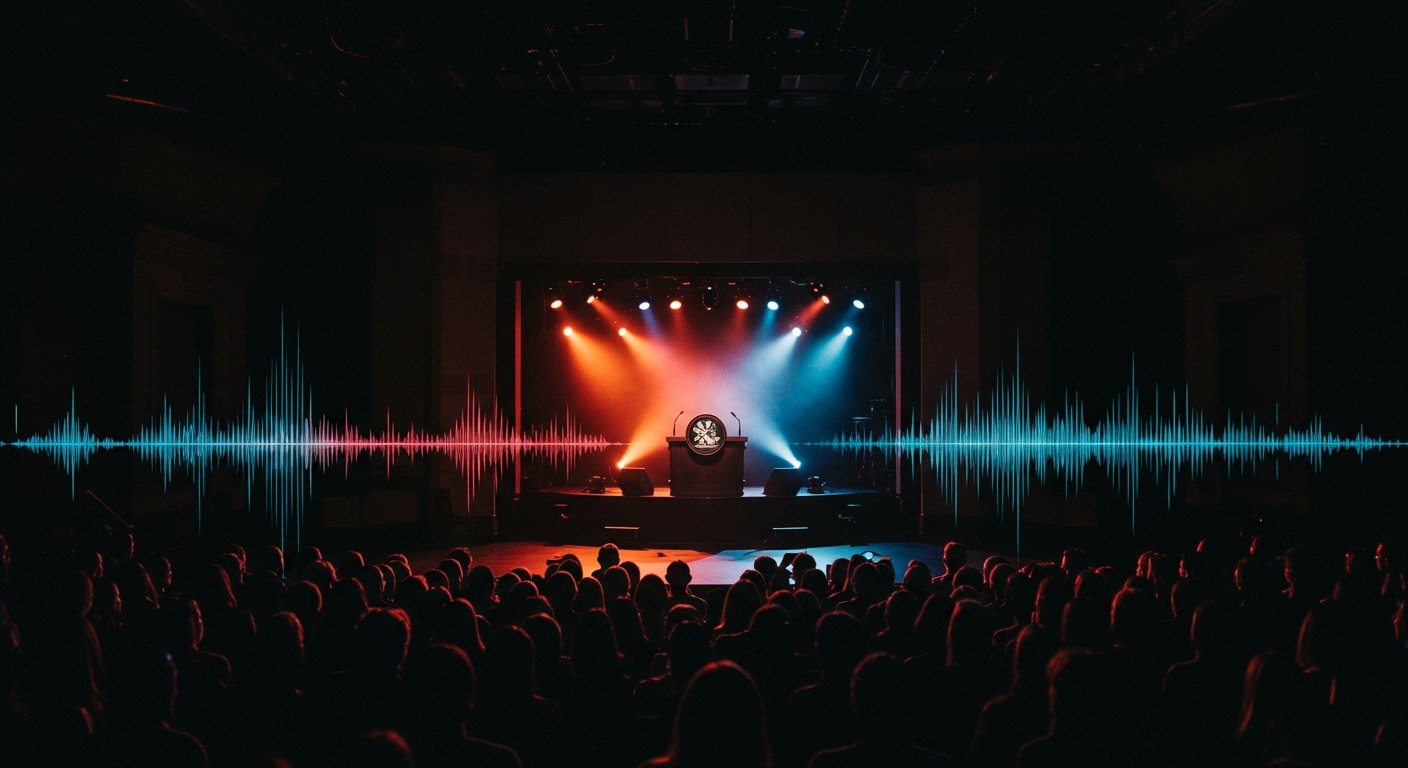PORTLAND, Ore. – In a significant legislative move underscoring cultural recognition and historical context, the Oregon House of Representatives adopted House Resolution 3 on Wednesday, June 19, 2025. The measure, passed by a vote of 34-9 on the eve of Juneteenth, officially honors Oregon’s rich history of Black drag performance and its profound influence on the community.
The resolution, the first piece of legislation addressed by the House on that day, includes a comprehensive four-page list documenting Black drag performers who have contributed to the state’s cultural landscape since 1958. Its passage during Pride month, immediately preceding the federal holiday commemorating the end of slavery in the United States, was intentionally timed to highlight the intertwined histories and ongoing struggles faced by Black and LGBTQ+ communities.
Recognizing Influential Figures
Key figures within Oregon’s Black drag scene were acknowledged for their pioneering roles and lasting impact. Among those specifically highlighted for inspiring the community is Henry Felton, widely known by his drag persona, Kimber K. Shade. Felton’s 2010 performance, a dynamic imitation of Beyoncé in the music video for “Telephone,” created alongside Kimberly Westwood, achieved significant viral fame, garnering over 100,000 views on YouTube overnight.
Speaking on the significance of the resolution, sponsors Representatives Travis Nelson and Shannon Isadore emphasized the importance of formally recognizing a vibrant cultural tradition that has often thrived at the margins. Representatives Nelson and Isadore, the only Black Democrats currently serving in the Oregon House, championed the resolution as a means to celebrate artistic expression, resilience, and community building within the Black and LGBTQ+ populations they represent.
Legislative Context and Historical Significance
The timing of the resolution’s passage holds particular weight when viewed through the lens of Oregon’s complex history. The state’s original constitution infamously included a provision that effectively banned Black people from residing within its borders, a stark example of systemic discrimination that shaped its early development. While many overt forms of discrimination have been dismantled over time, advocates argue that the legacy of such laws continues to impact marginalized communities.
The legislative recognition of Black drag performers comes amidst ongoing efforts by civil rights organizations like Basic Rights Oregon to advance LGBTQ+ equality and protections. Basic Rights Oregon continues to advocate for the full repeal of the 2004 constitutional ban on same-sex marriage, despite the U.S. Supreme Court’s ruling legalizing same-sex marriage nationwide. Furthermore, the organization is actively working towards adding explicit LGBTQ+ protections to the ballot in 2026, seeking to enshrine non-discrimination principles in state law.
Against this backdrop of historical exclusion and persistent advocacy, House Resolution 3 serves not only as an acknowledgment of past and present artistic contributions but also as a symbolic legislative statement affirming the value and visibility of Black drag performers and the communities they represent.
House Proceedings and Performance
The legislative session began with a notable opening performance designed to set the stage for the resolution’s consideration. Esteemed drag performers Aqua Flora and Isaiah Esquire captivated those present in the House chambers, showcasing the artistry and expressive power of drag that the resolution sought to honor. Their performance underscored the cultural significance of the art form and its ability to command attention and evoke emotion.
However, the proceedings also highlighted existing political divisions. Reports indicated that most Republican representatives were not present for the opening performance or the subsequent vote on House Resolution 3. Among those noted as reportedly absent was Representative Dwayne Yunker, a Republican representing Grants Pass. The absence of opposition members during the consideration of legislation focused on cultural and identity-based recognition is often interpreted as a reflection of differing political priorities or perspectives on such matters.
The Vote and Its Meaning
The final vote of 34-9 saw the resolution pass with clear majority support, though not unanimously. The affirmative votes primarily came from Democratic representatives, while the nine dissenting votes were cast by members of the Republican caucus. While resolutions do not carry the force of law like bills, their passage signifies a formal acknowledgment and statement of values by the legislative body.
For advocates and members of the Black and LGBTQ+ communities, the adoption of House Resolution 3 represents a meaningful step towards broader recognition and inclusion. It validates the contributions of artists who have historically faced marginalization and discrimination, celebrating their resilience, creativity, and integral role in shaping Oregon’s cultural identity.
The resolution’s passage on the eve of Juneteenth serves as a potent reminder of the ongoing journey towards full equality and the interconnectedness of various civil rights movements. It positions the celebration of Black artistic expression within the larger narrative of liberation and the pursuit of justice in Oregon.




